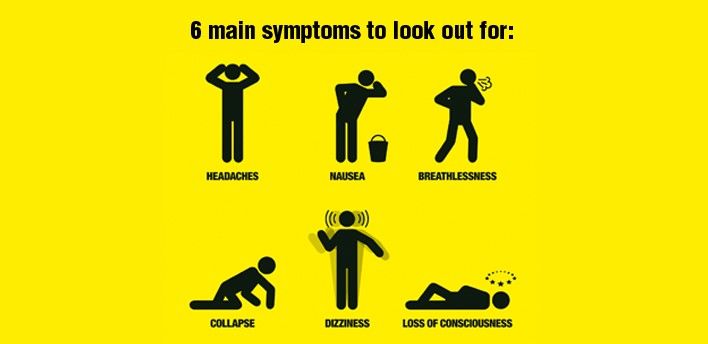Hereford & Worcester Fire and Rescue Service is urging people to choose carefully when buying a carbon monoxide alarm.
National reports say dangerous CO detectors are being sold on online marketplaces with tests on the cheap devices revealing there is a risk they would fail to alert households to the presence of the lethal, odourless gas that can cause death.
During Gas Safety Week which runs until Sunday, John Elsworth, HWFRS Station Commander for Prevention, said: “We would always recommend to purchase your carbon monoxide detector from a reputable manufacturer and retailer.”
The British Standard BS EN 50292:2023 acts as a guide on the selection, installation, use and maintenance of apparatus for the detection of carbon monoxide, intended for continuous operation in a fixed installation in domestic homes, caravans and boats.
It states that a carbon monoxide alarm should be fitted in rooms that contain any fuel-burning appliances such as an open fire or gas boiler, in rooms where people spend the most time such as living rooms and bedrooms and any room that has a flue running through it.
Anyone who is unsure and thinks they might qualify for a free Home Fire Safety Visit can call the HWFRS Prevention team on 0800 032 1155 and complete a free online Home Fire Safety Check at www.safelincs.co.uk/hfsc/.
Carbon monoxide is a poisonous gas that can’t be seen, tasted or smelt and levels that do not kill can cause serious harm to health if breathed in over a long period of time.
It is produced when carbon-based fuels such as gas, oil, wood and coal are only partially burnt.
A common reason for this in the home is when gas appliances and flues have not been properly installed or maintained or are poorly ventilated.
Signs that carbon monoxide is being produced include yellow or orange rather than blue flames (except fuel-effect fires or fuel-less appliances that display this colour flame), soot or yellow/brown staining around or on appliances, pilot lights that frequently blow out and increased condensation inside windows.
Early symptoms of carbon monoxide poisoning may easily be confused with food poisoning, viral infections, flu or simple tiredness.
Symptoms to look out for include headaches or dizziness, breathlessness, nausea, loss of consciousness, tiredness, pains in the chest or stomach, erratic behavior and visual problems.
Those who may have been exposed to carbon monoxide should seek urgent medical advice from either their GP or an A&E department.
If people suspect that someone is suffering from the effects of carbon monoxide poisoning and/or is unconscious within their home, dial 999 from outside the property and ask for the fire and ambulance services.
HWFRS will ventilate and monitor carbon monoxide levels on their arrival.
Do not enter the property unless it has been fully ventilated by the service.
